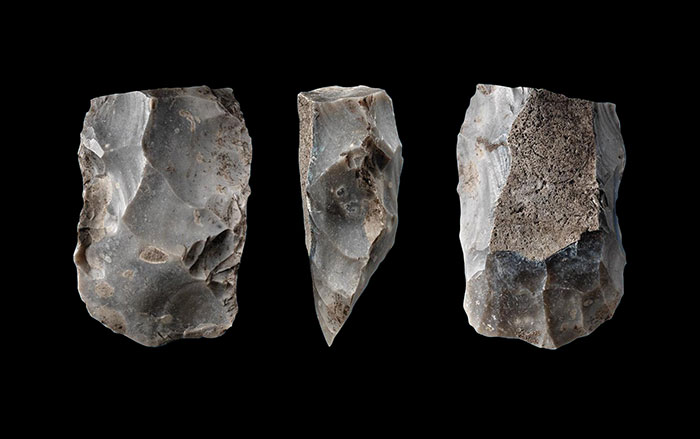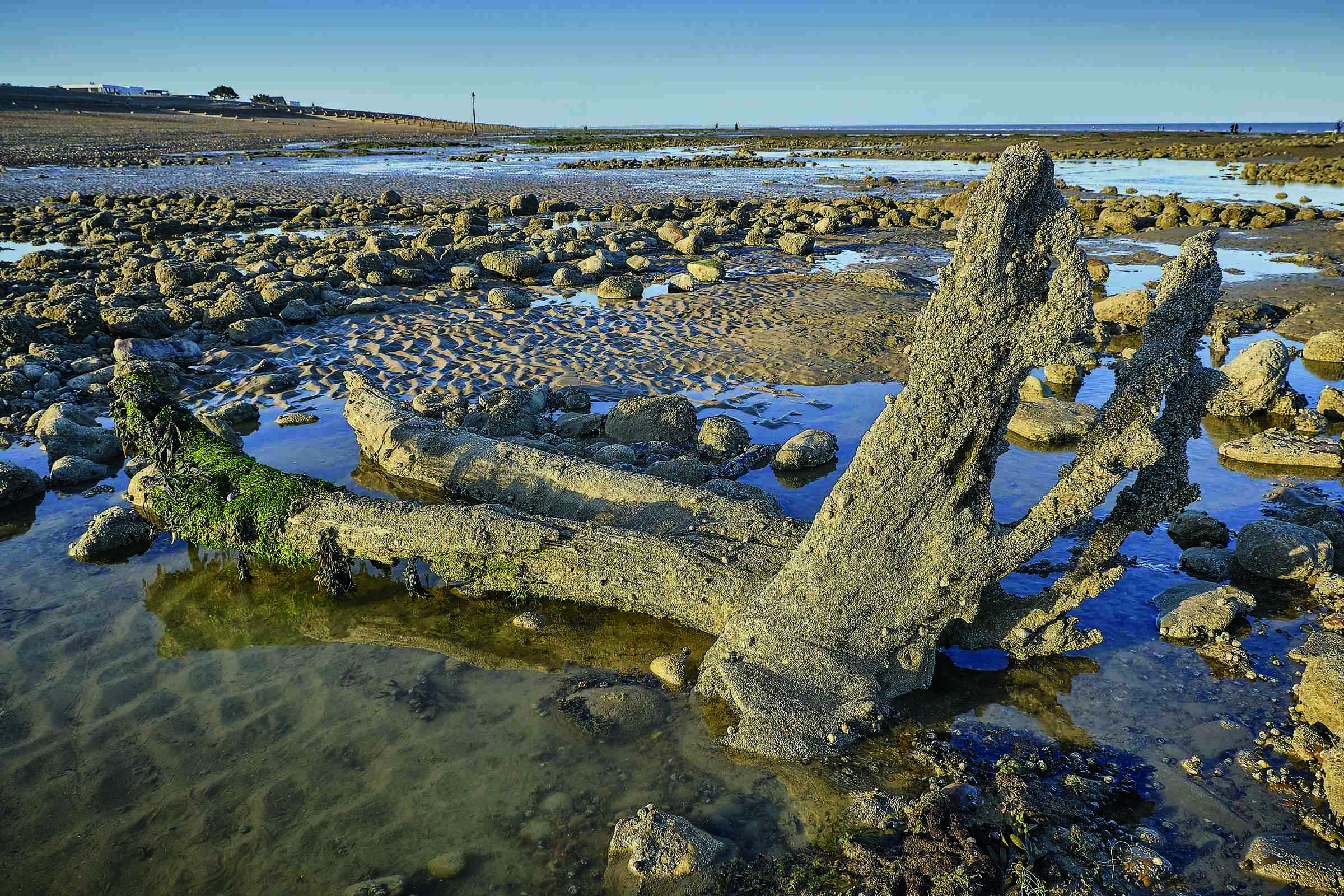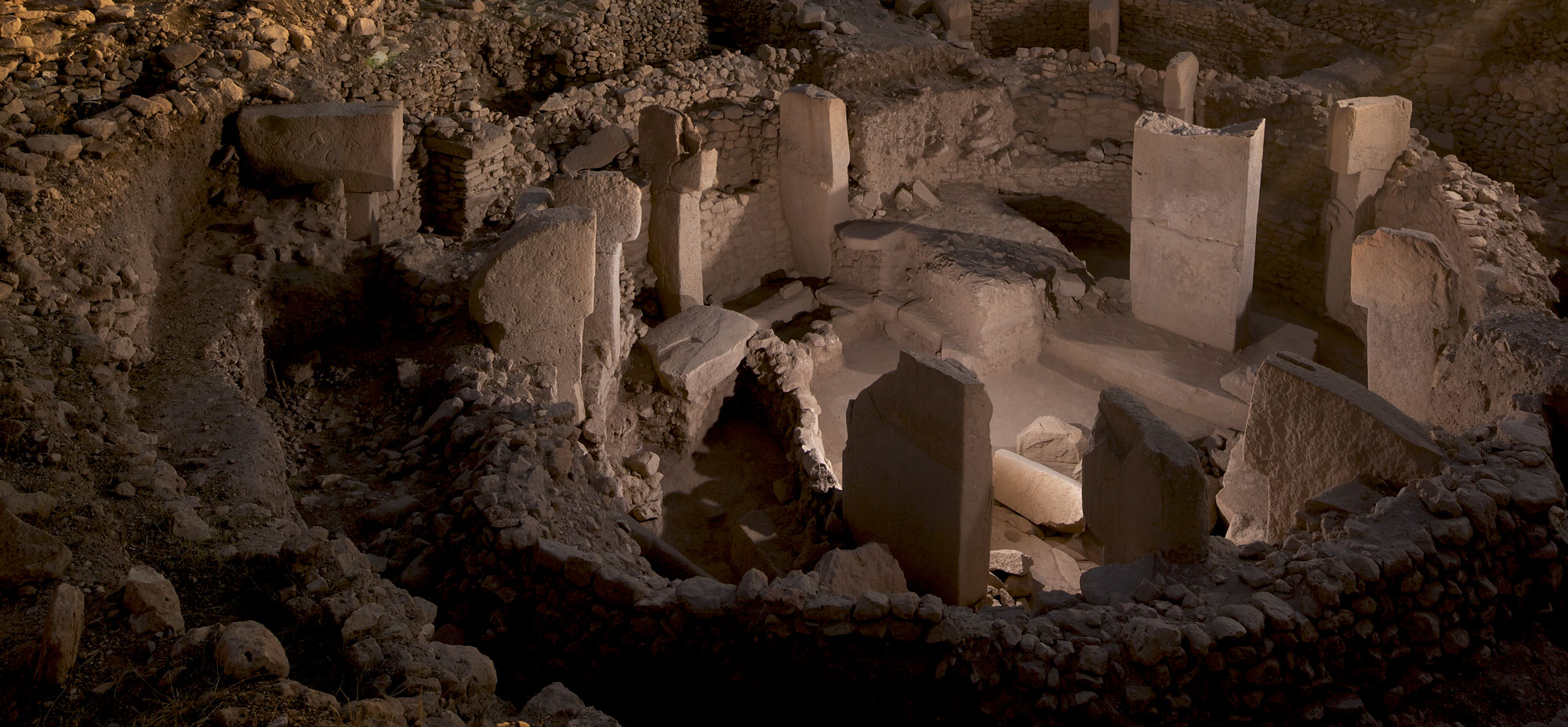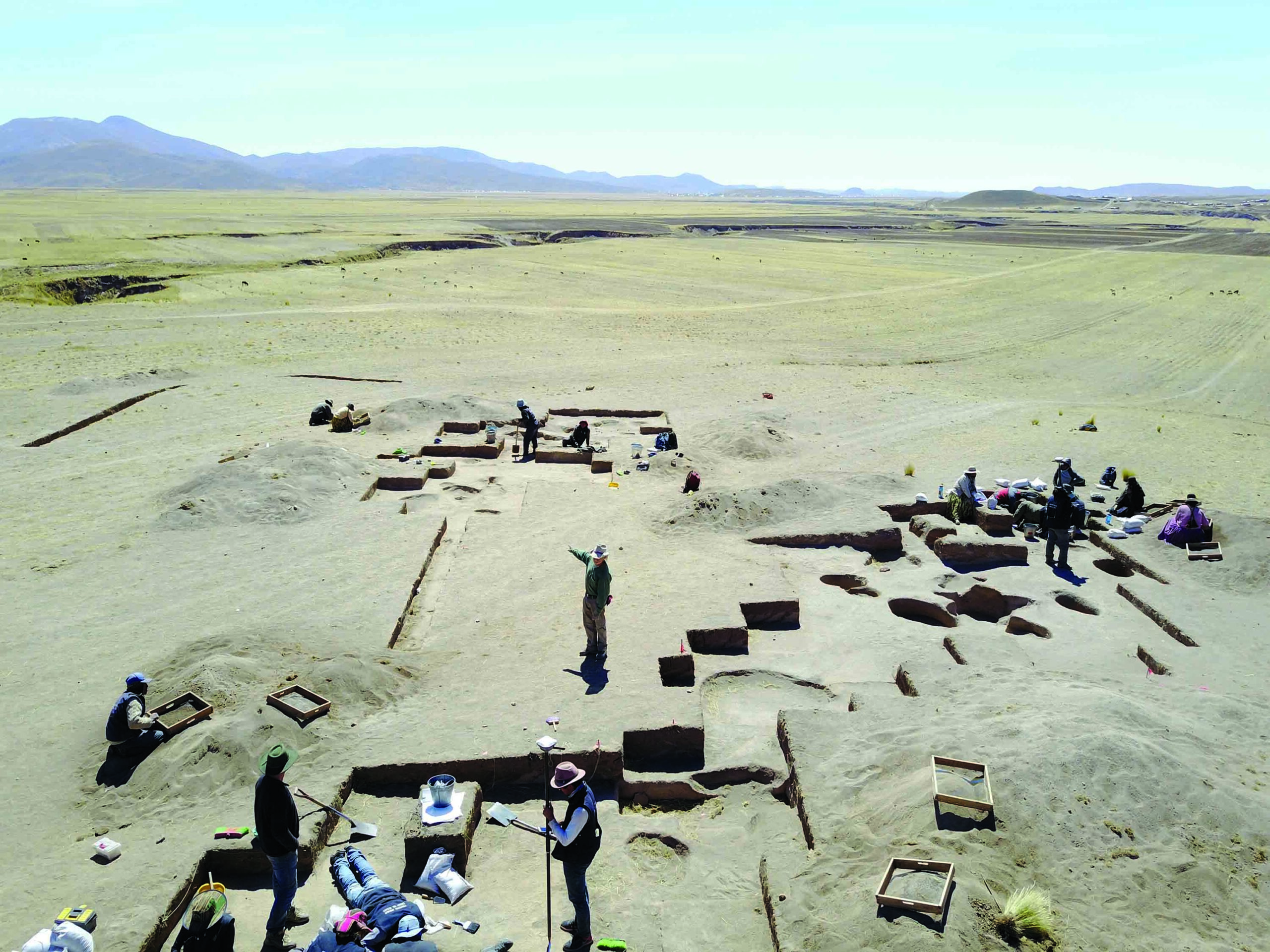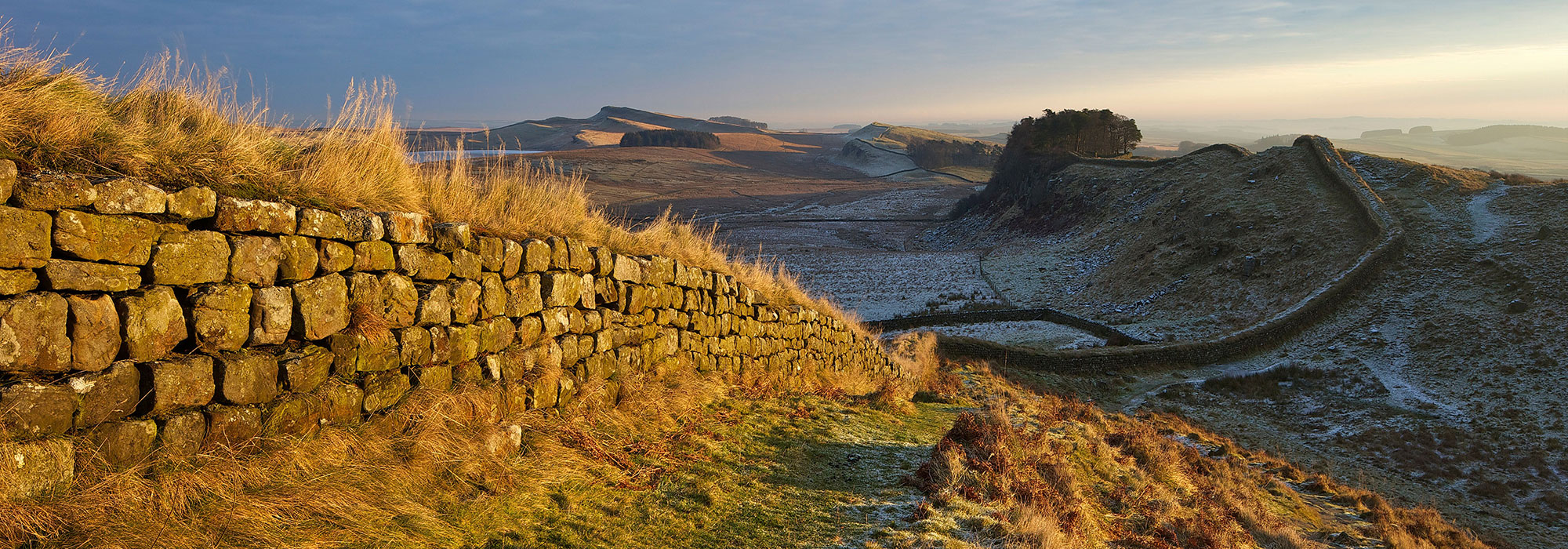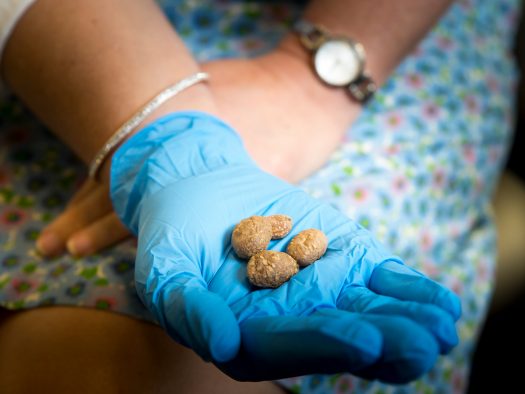
SALT LAKE CITY, UTAH—Archaeologist Lisbeth Louderback of the National History Museum of Utah, and botanist Bruce Pavlik of the University of Utah’s Red Butte Garden, analyzed residues obtained from ancient grinding tools found in southern Utah’s Escalante Valley, according to a report in The Salt Lake Tribune. They identified starch granules of Solanum jamesii, a wild potato species native to North America, on the 10,900-year-old metates and manos. The small, nutritious tuber still grows primarily in the Four Corners region, where it is most abundant in the highlands of New Mexico. In Utah, however, Louderback and Pavlik note that the plants only grow near archaeological sites. Were the plants carried to Utah nearly 11,000 years ago? Genetic studies of Solanum jamesii, planned with scientists at the USDA Potato Genebank, could help to determine if the Utah plants had been transported, manipulated, or domesticated by hunter gatherers. To read in-depth about early Native Americans, go to "America, in the Beginning."


